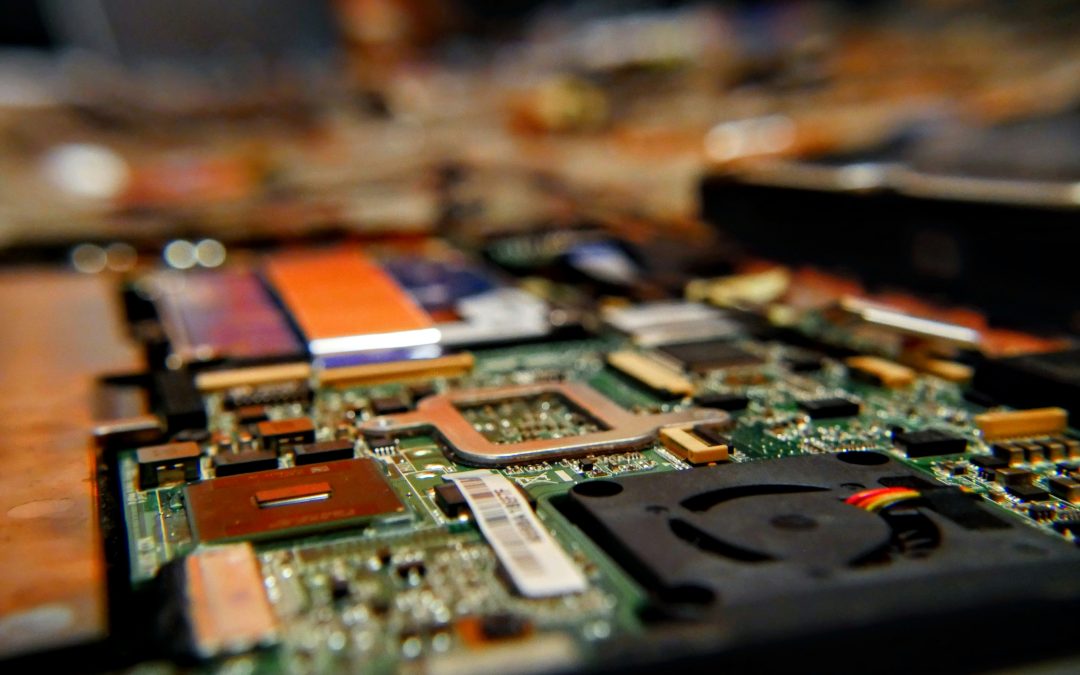Advanced stack-ups for PCB designs impact the compatibility and reliability of components and connections. Designers achieve high-quality PCB manufacturing by adopting these techniques. These advanced stack-ups not only increase the average life of PCB but also ensure high quality to meet customers’ expectations. Advanced inspection stack-ups like in-circuit testing (ICT) and automated optical inspection (AOI) rectify the defects by early diagnosis. In this blog, we will explore the significance of these techniques in maintaining high-quality PCB boards.
7 Essential Advanced Stack-Up Techniques For PCB Designs
Here, you can get ideas about the usability and cost-effectiveness of advanced stack-ups in designing and manufacturing PCB boards.
Layer Count Approach
Layer count stack-up includes the number of layers to halt the signal and routing errors. Correct configurations of layers enable quality of manufacturing within economical budgets.
Experts in PCB designs recommend four layers of double-sided boards for flexible routing. However, they sometimes recommend six layers to accommodate power distributions and high-speed signals because signal routing is perplexing.
High-Speed Signal Routing Approach
This advanced stack-up ensures a smooth data transmission flow by reducing signals in complex PCB designs. These methods implement differential pairing to match lengths. They trace the complementary signals and maintain signal integrity. You can use microstrip configurations to control electromagnetic interference(EMI) and optimize signal integrity at high speed.
Power Delivery Network Design Technique
This stack-up ensures a stable voltage supply and transparent electronic device operations. A good PDN design ensures the safety of the components. It maintains the power supply points and high voltage disruptions. It locates power ground planes at their proper places. Engineers can reduce loop impedance by suppressing noise and filtering soldering errors.
Thermal Management Approach
The useful life of your PCB boards determines how components and connections are aligned and soldered. Thermal management is the most significant imperative, as it monitors heat moderation. This approach constitutes pathways like thermal vias, heatsinks, and thermal pads. Heat absorption and prevention from the degradation of placed components can be achieved by using these pathways. Advanced thermal managing stack-up can halt heat generation by cooling down the components. The controlled temperature environment avoids heat dissipation and thermal resistance by reducing localized hotspots.
Signal Integrity Stack-up
This advanced stack-up halts signal disruptions by managing electromagnetic interference (EMI). Good signal routing includes signal termination techniques that reduce reflections and crosstalks. In addition, it incorporates ground plane shielding and simulation analysis. The pre-and post-testing of simulations facilitate the evaluation of signal integrity.
Advanced Material Selection Approach
This approach includes laminates, which prevent EMI from being high-speed. Low-loss laminates can avoid the risk of dielectric loss. You can have high-speed PCB boards if your PCB manufacturer uses advanced material selection. This stack-up prevents your PCB from overheating and safeguards the average life of placed components. It monitors thermal conductivity between components and interfaces.
Manufacturing and Assembly Stack-Ups
This stack-up requires compatibility of the manufacturing process with its layout of design.
These stack-ups include identifying debugging points using the built-in self-testing ( BIST) technique. Engineers optimize the layouts by employing copper weight and compartmentalization of components.
The implementation of this stack-up enhances component accessibility. This stack-up permits inspection and prevention techniques to test your PCB boards. Step-by-step inspections of components and connection compatibility reduce post-manufacturing failures. Advanced manufacturing stack-up includes In-circuit testing (ICT) and automated optical inspection (AOI) to detect joint soldering and contamination errors.
Conclusion
In the final analysis, Advanced Stacks Are Required to ensure PCB components’ quality, compatibility, and reliability. They detect errors before they occur and rectify them after the screening and testing phases. Seven essential advanced stack-ups, viability, and feasibility have been described. Thus, a good PCB board should be manufactured after employing these stack-ups for maintenance and quality assurance.


Recent Comments